ELECTRIC, WITH AN EDGE
Substation transformers go out of stock fast, which is why a lot of consumers are considering compact substation transformers like the 11kv compact substation as their alternative for a unit substation transformer. But are they really worth considering? In this article, you will be given the compact substation specifications including the compact substation components.
With professional help from DAELIM, an expert compact substation transformer manufacturer from China, you will be provided with the essential details you need to know about compact substation transformers before making a purchase decision.
But before going through the compact substation specifications and compact substation components, it is best to understand first what substations are so that you can easily understand the terminologies and definitions involving compact substation transformers.

Welcome to DAELIM BELEFIC Tech Co. Ltd, where we specialize in providing high-quality electrical equipment solutions for more than 15 years. Our compact substation transformers are some of the best in the market, offering reliable, durable and cost-effective solutions for your power distribution needs.
Our compact substation transformers are designed and manufactured based on the “DAELIM EDGE+ ADVANTAGE” concept, providing customers with cutting-edge services, multiple standards, and customization options. We pride ourselves in delivering solutions that are safe, environmentally friendly, and meet international standards, such as IEC, ANSI/IEEE, CSA, and AS/NZS.
At DAELIM BELEFIC, we understand that every client’s requirements are unique. Therefore, we offer personalized services to ensure that our compact substation transformers meet your specific needs. We invest in research and development, ensuring that our products are efficient and reliable, and our team of experts is equipped with more than 20 years of transformer design experience.
We strictly implement the ISO 9001 quality management system to ensure that our compact substation transformers meet international standards. Our quality control measures include Type tests, FAT tests, and Inspection tests, which ensure that our products are reliable and safe for use in a variety of environments.
Our team is made up of experts, electrical engineers, CAD draftsmen, and other professionals who work together to deliver products that meet your needs. We are dedicated to continuous improvement by the quality guidelines and practices and committed to providing exceptional customer service, product innovation, engineering excellence, and social and environmental responsibility.
At DAELIM BELEFIC, we value our customers’ satisfaction, which is why we offer a range of customization options for our compact substation transformers, including varying voltages and capacities. Our goal is to become a leader in the transformer industry and provide exceptional services that meet your specific needs.
Trust us for all your compact substation transformer needs, and experience quality, reliable and cost-effective solutions that will take your business to the next level. Contact us today to learn more about our compact substation transformers and how they can benefit your business.
Substations are generally like actual commute or public vehicle stations. This is because like people, there is a need for a public vehicle to get to the location. When it comes to the situation of electricity, substations like compact substation transformers are commonly used for transporting electricity at long distances.
The place of the substation is where electricity is being produced, and it also can be the location where the consumer is found. When it comes to the spread of electricity, it is rated as a very fast and high voltage with low currents.
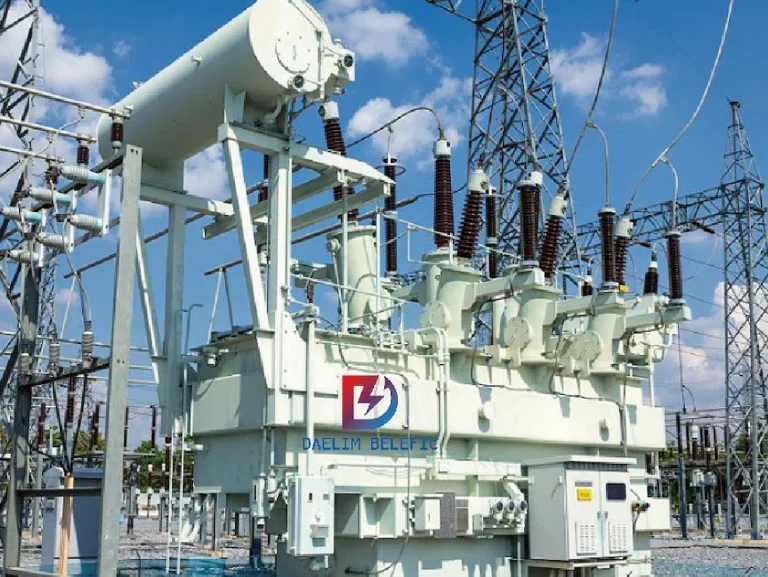
The purpose of this is to lower the eddy currents, transmission losses, heat, etc. These substations including the compact substation transformer and 11kv compact substation, are where the voltages ais being used to raise high valuer. This can be achieved with the help o step-up transformer.
After the transmission, they step down from the distribution once again. Moreover, these substations have a good spectrum of protective devices as well such as fuses and breakers. The main function of these two is to provide the security that is needed by the consumer.
Normally, these devices are designed with numerous distribution circuits that can be used for maintenance and even load shedding. Like most, transformers or substations, these are located outdoors like pole-mounted transformers and pad-mounted transformers.
However, compact substation transformers are commonly found in public with a wire fence in them. Moreover, these are protected inside the building, and the purpose of this is to limit the noise.
Substation transformers like compact substation transformers and 11kv compact substations are basically designed for the installation of three-phase transmission and distribution systems. This goes to show that these substation transformers are capable of being used both for indoor and outdoor purposes.
The best example of this are ground-mounted transformers or pad-mounted transformers. This can be both with high and low-voltage cables that enter operating compartments through enclosed sidewall mounted bushings or through cover or sidewall mounted bushings for open type transformers.
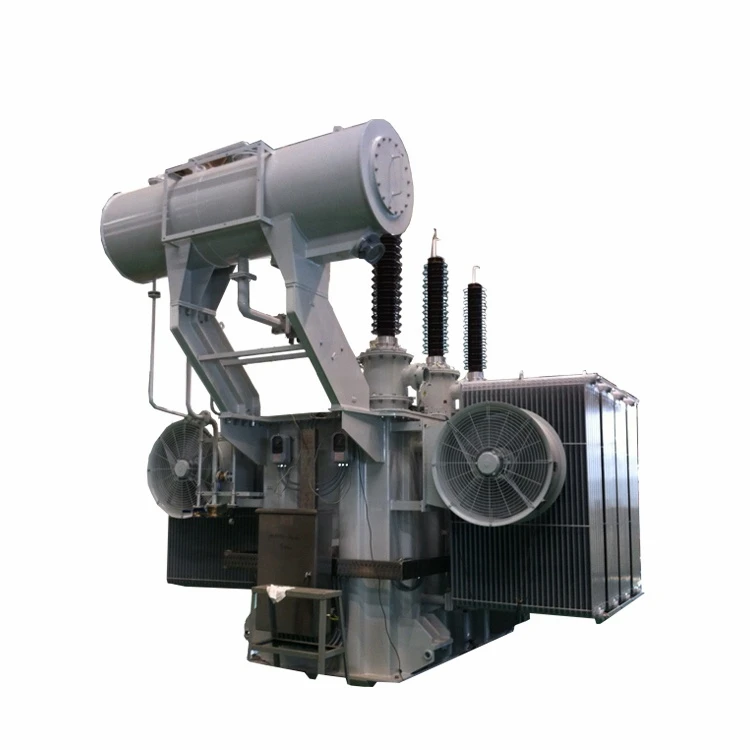
When it comes to liquid-filled filled substation transformers or oil-filled ones, these are commonly used for various applications due to the utility and industrial applications it is capable of performing. These step-down transformers are also manufactured in accordance to the I.E.E.E standards.
Substation transformers also have different types of oil for their cooling medium. For instance, silicone transformer oil, which is the alternative for mineral oil or commonly known as “transformer oil”.
In terms of the primary voltages of a substation transformer, this usually ranges from 2.4 kV to 69 kV in 225 through 20k kVA sizes, but 600V can go through 35kV through the secondary voltage ratings that are available.
Electrical substations are also part of the electrical installation that includes the terminations of the transmission or distribution lines. Moreover, this also involves the switchgear in which can also include transformers and all the necessary devices for the safety and control of the operation.
But the function also plays a vital role in this and it can be defined through transforming, conversion, distribution, or transmission substation.
A medium voltage and low voltage transformer electrical substation is a set of devices that dedicate the transformation of the voltage that is provided by the distribution network through medium voltages into voltages that value compatible power for the supply of the low voltage lines.
Electrical substations can be divided into two types when it comes to their environment or surroundings, namely private and public substations.
Aside from the fact that public substations are basically substations that are for outdoors only, this type of substation belongs to the electricity distribution company. Their common role is to supply power to the users through single-phase or three-phase alternating current or better known as “A.C”
This is also the typical voltage of the two types of power supply that can either be 230V or 400V. This is then divided into urban or rural substations, and it could consist of only one transformer (it could also be small),
Urban substations are typically built in brick, wherein rural ones are installed directly on the MV pylon.
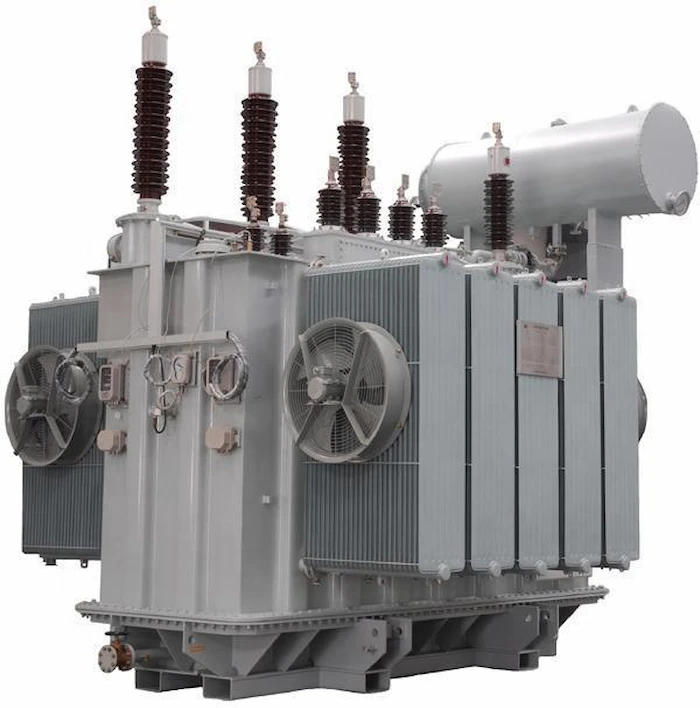
On the other hand, private substations are also known as terminal type substations like substations that the MV line ends on the installation point of the substation itself. Moreover, they are also owned by the owner which means they can produce both civil users and industrial users from the public MV grid.
Furthermore, the user must make available to the distributing company a special room that is accessible to the staff of the company, wherein the equipment is from the company is responsible for it, Like other transformers, private substations can have different design solutions that can be ordered from the consumer. But nowadays, the use of prefabricated substations is common.
Electrical unit substation transformer systems including compact substation transformers and 11kv compact substations play a crucial role in the distribution of electricity. But this is not the sole purpose of the transformer itself. As you might know, even compact substation transformers are capable of many things.
compact substation transformers even have bus bars to divide the power of the distribution. These bars of copper are linked by bolts and nuts and there are numerous circuits associated with them.
As mentioned, there are safety devices in these substations as well, such as fuses and circuit breakers. These devices are great for safeguarding the machinery on the distribution circuit.
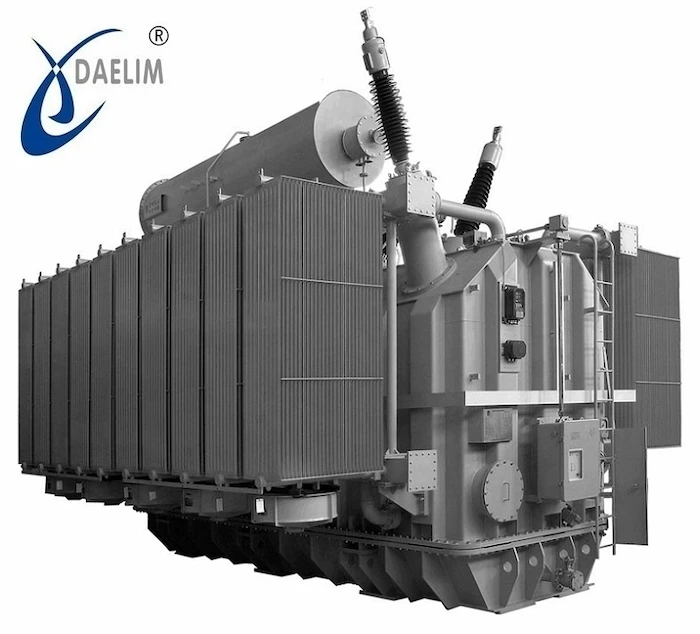
Moreover, they are also great for high short circuit currents.
The alteration of power circuits has to be sustained at the right amount of value in the case there are reactive loads present.
When the power demand is more than the supply, the compact substation will then perform load shedding on the distribution circuits automatically.
A compact substation transformer is a type of power transformer that is designed to be compact in size and easy to install in small spaces. It combines several elements of an electrical distribution system, including a transformer, a high voltage switchgear, a low voltage switchboard, and other accessories, all housed in a single enclosure. Compact substations are often used in urban areas where space is limited or in remote areas where ease of installation is a primary concern. They are also used in industries, commercial buildings, and residential areas where reliable and continuous power supply is critical. Compact substations are generally available in different voltage and power ratings, and their specific configurations can vary depending on the application requirements.
When it comes to how compact substation transformers work, switching is a vital function of compact substations, this is because you can close down a feeding circuit when there is a demand for the load to secure the generating plants.
Moreover, switching high voltages can be dangerous, circuit breakers like oil circuit breakers and air circuit breakers are great for lowering arcs that can be utilized too.
Step up and step down of the voltage for the distribution and transmission power can be transported through high voltages at even long distances. This means the current can be low and this leads to low transmission losses.
This means the this does not offer the right current for normal consumer use, this means that there is a need to either step up or step down the voltage.
Selection and Capacity Calculation of Transformers Used in Substations
So where are compact substation transformers commonly used? Basically, they can be used for almost any application. The common applications for compact substation transformers are schools, facilities, streets, subdivisions, construction sites, malls, hospitals, and so on.
In terms of how substation operations or how a compact substation transformer works, electricity will be produced with a thermal power plant which means that this includes nuclear power plants and hydroelectric power plants.
Electricity is provided to a transmission substation that is close to a generating plant. Transmission substations raise the voltage greatly with the help of step-up transformers.
The electricity that is being supplied to the power station will be stepped down as well with help of step-down transformers.
Moreover, substations will be supplied to a substation grid. There are other voltages and transformers out there that are lowered for the grid. From that point on, the electricity will be supplied by step-down transformers that are close to residential sites.
compact substation transformers may be small but this type of substation consists of a total set of power distribution equipment that is composed of a voltage control device and a transformer.
The idea is actually quite simple, which is to operate substantial assembly that is rooted on the preferred sequence of the armoring line, pressure starting system, substation automatic system, etc.
A typical transformer has a build that is completely closed with a tempered cabinet structure. Nowadays, compact substation transformers are now widely used in power engineering construction.
When it comes to compact substation specifications, this type of transformer is not your ordinary transformer. Instead, they are somewhat like small substations that offer power directly to its user.
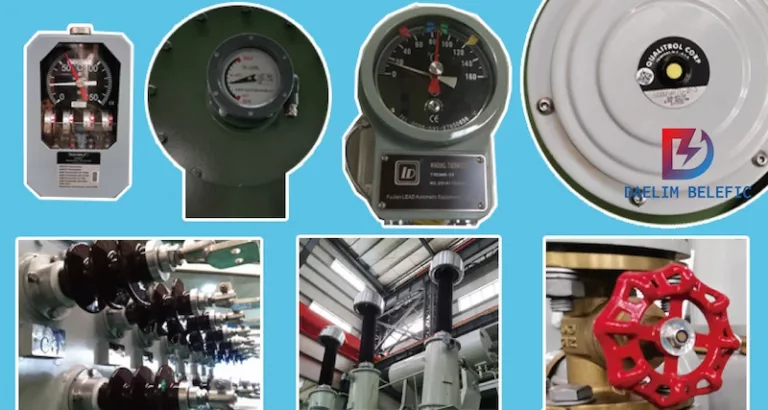
Unlike typical transformers, the way a transformer operates is that an underground cavern is to increases the demand for its cooling capabilities. This means that these transformers are able to withstand spikes of voltages and load.
This means that traditional air-cooling is not that reliable, this is why water-cooling systems were invented.
Installing transformer banks of about three 500kV autotransformers is a common issue. This is why when it comes to space, the compact substation transformer is very useful. However, does it compromise its power? The short answer here is – No. compact substation transformers can be just as powerful as normal substation transformers under specific situations.
The compact substation specifications when it comes to voltage levels are simply on another level because the requirements for the short-circuit strengths are great for requesting, Every single transformer should be able to withstand a certain amount of short-circuit load.
But his means that the autotransformers for underground substations can stand impedance of more or less 22 percent. Basically, this means that the unit substation transformer will operate at a normal pace even if it’s exposed to a load that is 22 percent higher than the usual rates.
There is without a doubt there is a high impedance that is being showcased challenges for stray loss control, and this is fully supported by a 3D magnetic model that shields its structure design especially when the tank and clamping frame increases.
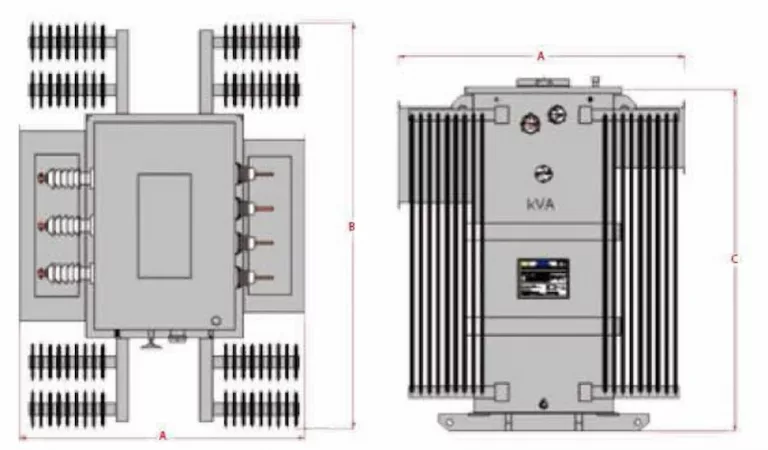
Now that we have reached the compact substation components, the equipment of compact substation transformers can be closed in an indoor space. This means that even in both cases, the installation of the compact substation transformer will follow the international safety standards, and as well as the local P.P.C
Moreover, every facility must have specific requirements and needs that must be considered for every customer.
The common safety protectors for compact substation transformers are fuses and circuit breakers. Moreover, they also have load shedding, repairs, lightning arresters, high voltage busbars, and many more.
For special requirements, there could be a metering device, low voltage busbar, low voltage circuit breaker, and many more. This depends on the customer’s personal preference.
The specifications of a compact substation transformer may vary depending on the manufacturer and the intended application. Generally, compact substations are designed to be space-saving, versatile and cost-effective solutions for power distribution and control. Here are some common specifications that can be found in a compact substation transformer:
Voltage: Compact substations can be designed to operate at various voltage levels, such as 11kV, 33kV, or 66kV, depending on the requirements of the power distribution network.
Power Rating: The power rating of a compact substation transformer can range from a few kVA to several MVA, depending on the load demand.
Configuration: A compact substation transformer can be configured with various transformers, switchgear, protection devices, and control systems, depending on the application.
Size: The size of a compact substation transformer can vary, depending on the power rating, configuration, and the available space for installation.
Protection: Compact substations are designed to provide safe and reliable power distribution, and they can be equipped with various protection devices, such as fuses, relays, and circuit breakers, to prevent overloading, short circuits, and other faults.
Efficiency: Compact substations are designed to be energy-efficient, with low losses and high efficiency transformers, to minimize power consumption and reduce operational costs.
Environmental Considerations: Compact substations are designed to be environmentally friendly, with low noise levels, low emissions, and minimal environmental impact.
Overall, the specifications of a compact substation transformer should be tailored to meet the specific needs of the power distribution network, while also providing space-saving, cost-effective, and reliable solutions for power distribution and control.
Three-Winding Transformer | Three-Phase Transformer | Daelim
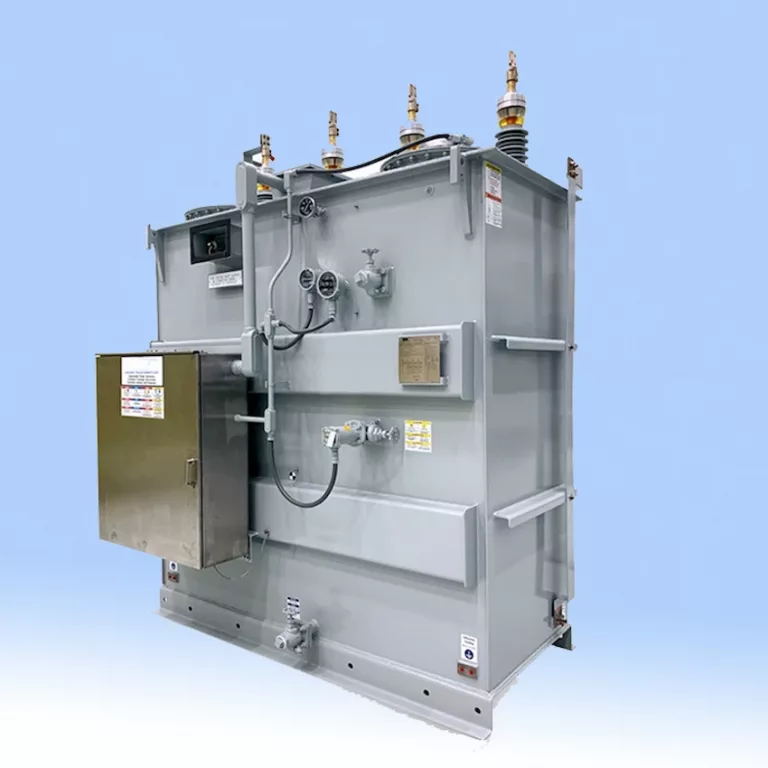
A compact substation transformer offers several advantages over traditional substation transformers. Some of the key advantages are:
Space-saving design: Compact substation transformers are designed to take up less space than traditional substation transformers, making them ideal for use in areas where space is at a premium. They can be installed in areas where traditional transformers cannot, such as in urban settings or in areas with limited space.
Easy installation: Compact substation transformers are preassembled and tested, which makes them easy to install. They can be installed quickly, with minimal disruption to the surrounding area.
High level of safety: Compact substation transformers are designed to meet high safety standards. They are equipped with safety features, such as protection against short circuits, overloads, and overvoltage, to prevent damage to the transformer and ensure safe operation.
Reliability: Compact substation transformers are designed to be highly reliable, with a long service life. They are constructed with high-quality materials and are rigorously tested before leaving the factory.
Flexibility: Compact substation transformers can be customized to meet specific requirements. They can be designed to operate in a wide range of voltages and frequencies, and can be tailored to meet specific environmental conditions.
Overall, compact substation transformers offer a space-saving, easy-to-install, safe, reliable, and flexible solution for a wide range of electrical applications.
The size of a compact substation transformer can vary depending on the specific design and application requirements. Typically, these transformers are designed to be smaller and more compact than traditional substations, with dimensions ranging from a few meters in length and width to larger units. The size of a compact substation transformer will depend on factors such as the voltage and power rating, the specific application requirements, and the available space for installation. Compact substations are designed to be space-saving and require less land area for installation, making them suitable for use in urban areas and other locations where space is limited. Overall, the size of a compact substation transformer will be determined by the specific requirements of the application in which it will be used.
A compact secondary substation is a type of prefabricated substation that is designed to be installed in a limited space or where a traditional substation is not feasible. It is a self-contained unit that integrates various components such as switchgear, transformers, protection and control equipment, and auxiliary systems into a single enclosure. The substation is installed on a plinth, and the transformer is generally mounted on top of the enclosure.
Compact secondary substations are commonly used in urban areas, industries, commercial buildings, and residential areas where space is limited, and demand for reliable and efficient power supply is high. They are designed to provide protection and distribution of electrical power, and they can be installed both indoors and outdoors.
One of the advantages of a compact secondary substation is that it is a cost-effective solution compared to building a traditional substation. They are also easy to transport, install and commission, reducing installation and commissioning time and costs. In addition, these substations are designed to meet international standards for safety, performance, and reliability, ensuring the safety of people and equipment.
There are many popular brands of compact substation transformers available in the market. Some of the most popular ones include:
Schneider Electric: They offer a wide range of compact substation transformers suitable for both indoor and outdoor installations. Their substation transformers are known for their high efficiency, reliability and compact design.
ABB: ABB is a well-known brand in the electrical industry and offers a range of compact substation transformers. Their transformers are designed for various applications, including distribution networks, industrial and commercial buildings, and renewable energy systems.
Siemens: Siemens is another reputable brand that offers a range of compact substation transformers. Their substation transformers are designed to be energy-efficient and reliable, and are suitable for use in a variety of applications.
Eaton: Eaton is a global leader in power management solutions and offers a range of compact substation transformers. Their transformers are designed for use in a variety of applications, including renewable energy systems, industrial and commercial buildings, and data centers.
GE: GE is a leading manufacturer of electrical equipment, including compact substation transformers. Their transformers are designed for use in both indoor and outdoor installations, and are known for their high efficiency and reliability.
Overall, the choice of brand will depend on the specific needs and requirements of the project. It is important to select a reputable and experienced manufacturer to ensure that the transformer meets the required specifications and standards.
The purpose of compact substation transformers is basically to step down high voltages from the transmission system. This means that their function is to reduce the voltage electricity so that it could be supplied to the consumers with ease.
If you are looking for a compact substation transformer that is specifically for this purpose, then there is without a doubt that compact substation transformers will be an excellent choice for you!
For questions and clarifications, do not hesitate to contact DAELIM’s team of professionals for immediate assistance.
Compact substation transformers offer a range of benefits, including their small size, low maintenance requirements, and versatility. They are available in different voltage and power ratings, and can be customized to meet specific customer requirements. Popular brands in this market include Schneider Electric, ABB, and Daelim Belefic, each of which offers a range of products with different specifications and features.
When you need to find more than just existing transformers, Daelim’s Transformer Service Center can help you design and produce distribution transformers that meet your unique needs.
We have our own factory and a professional team of engineers, which can design and modify application requirements that meet all your conditions.
Download Resource